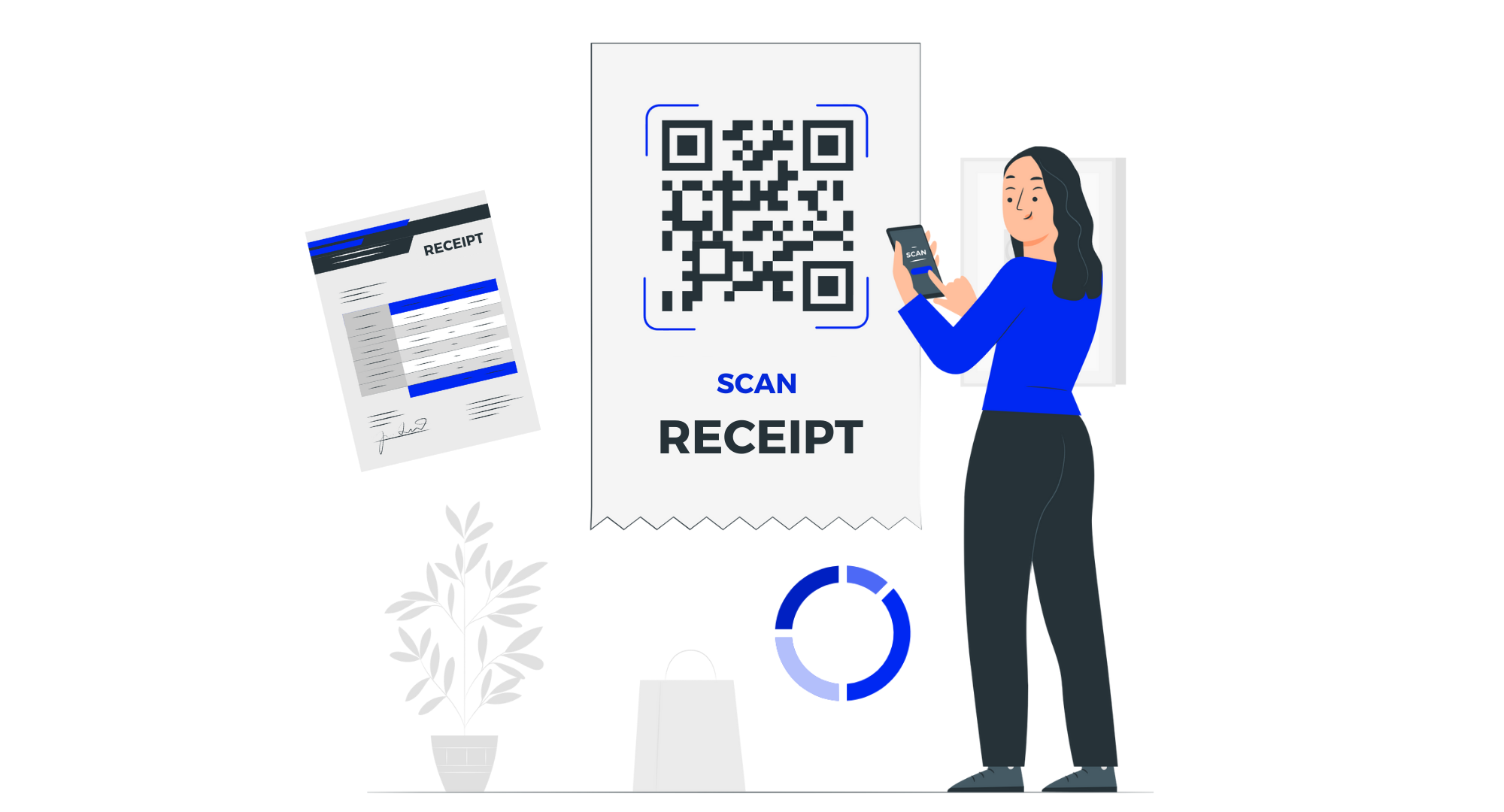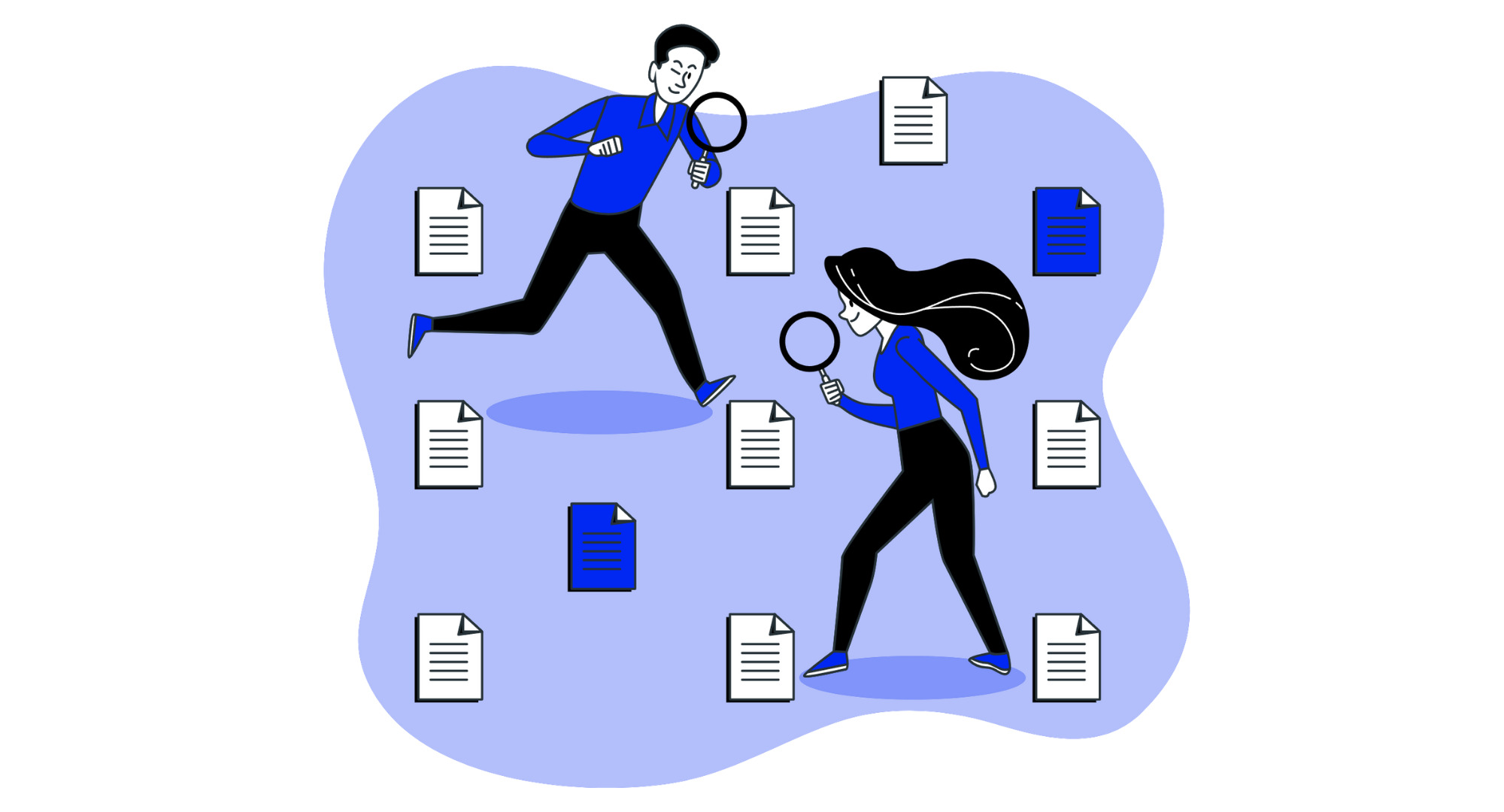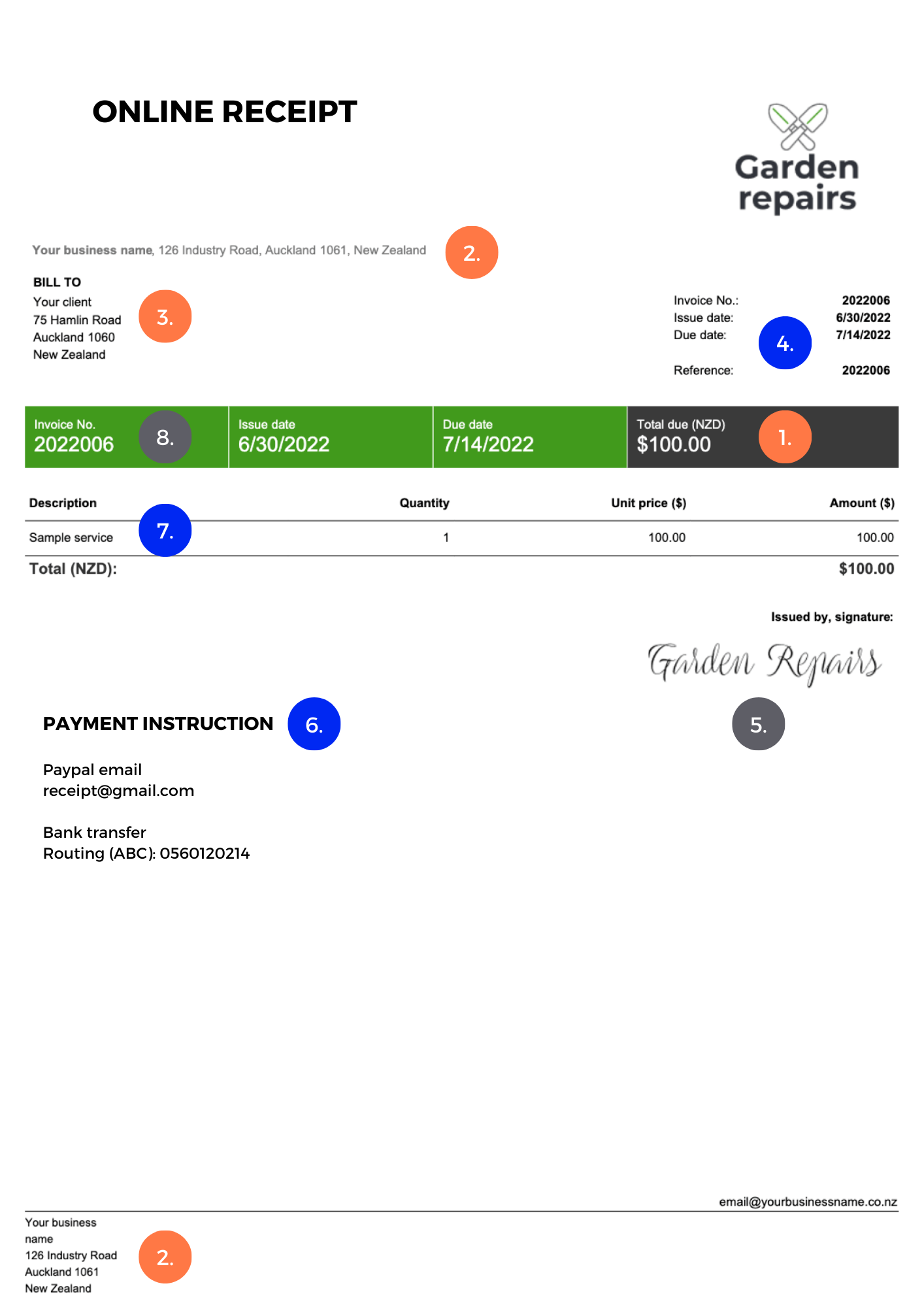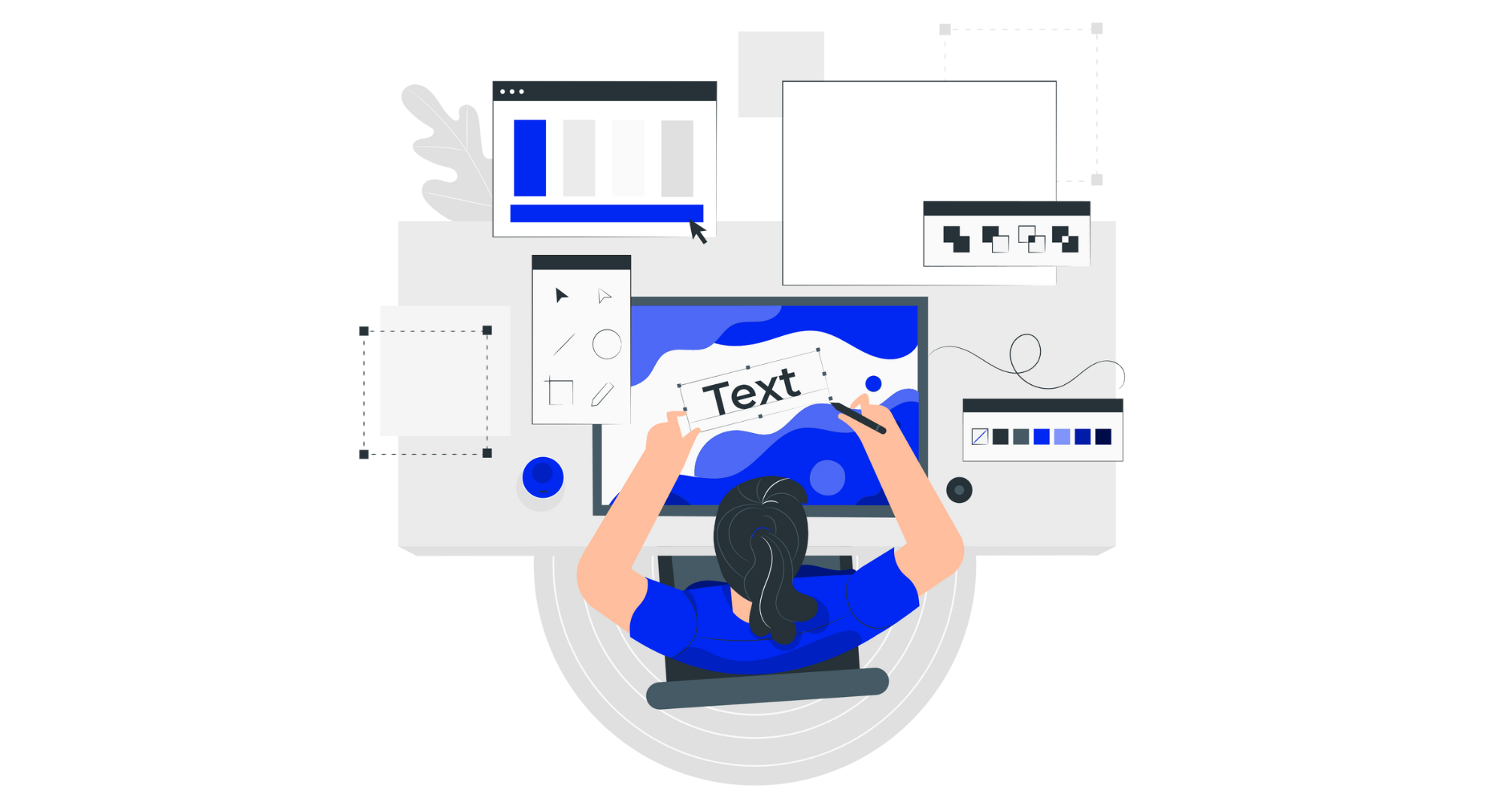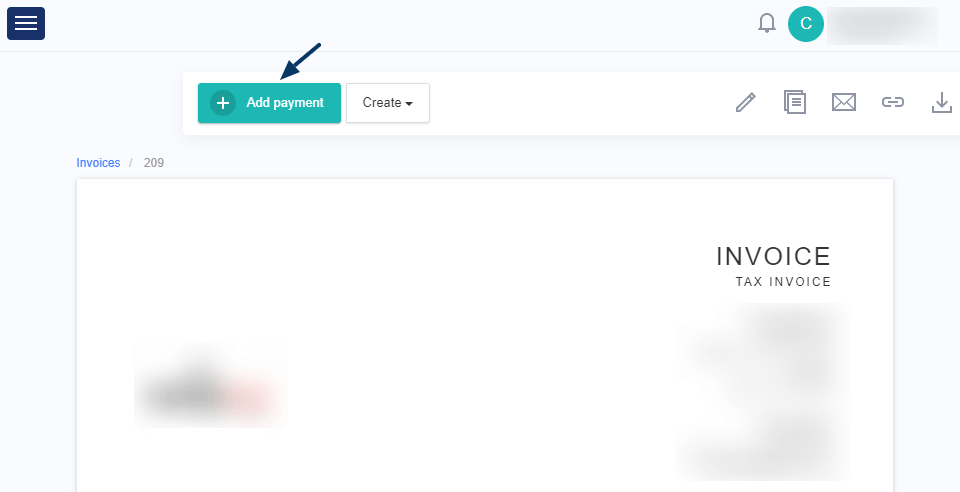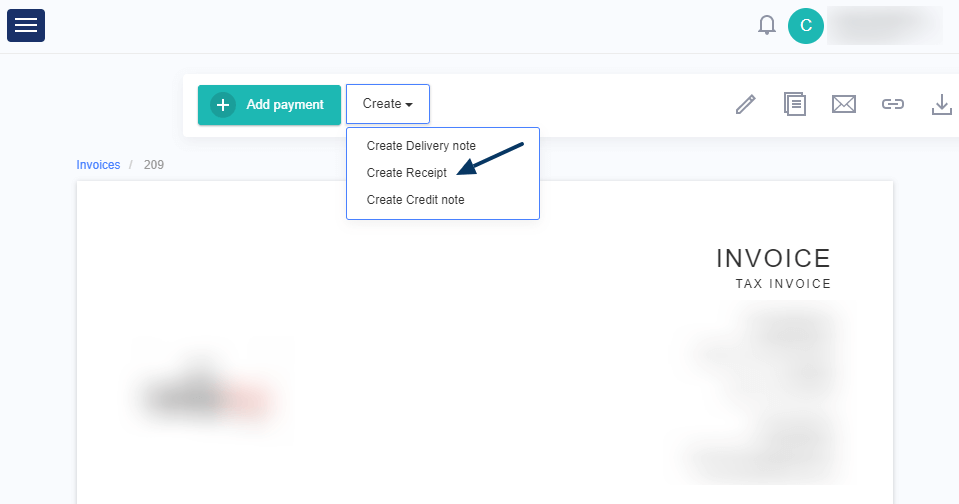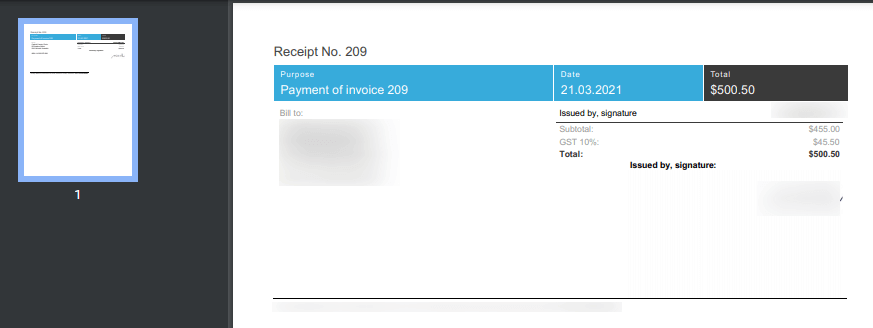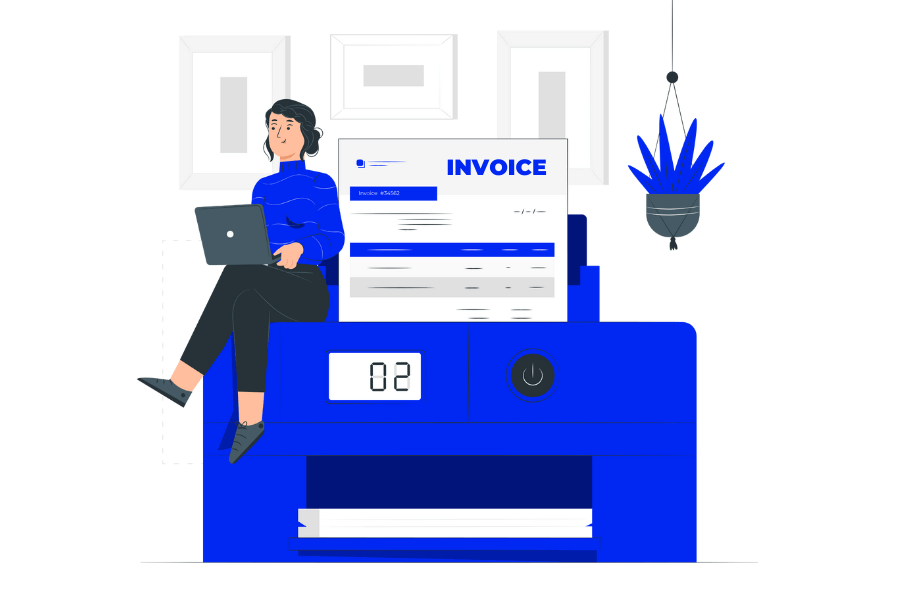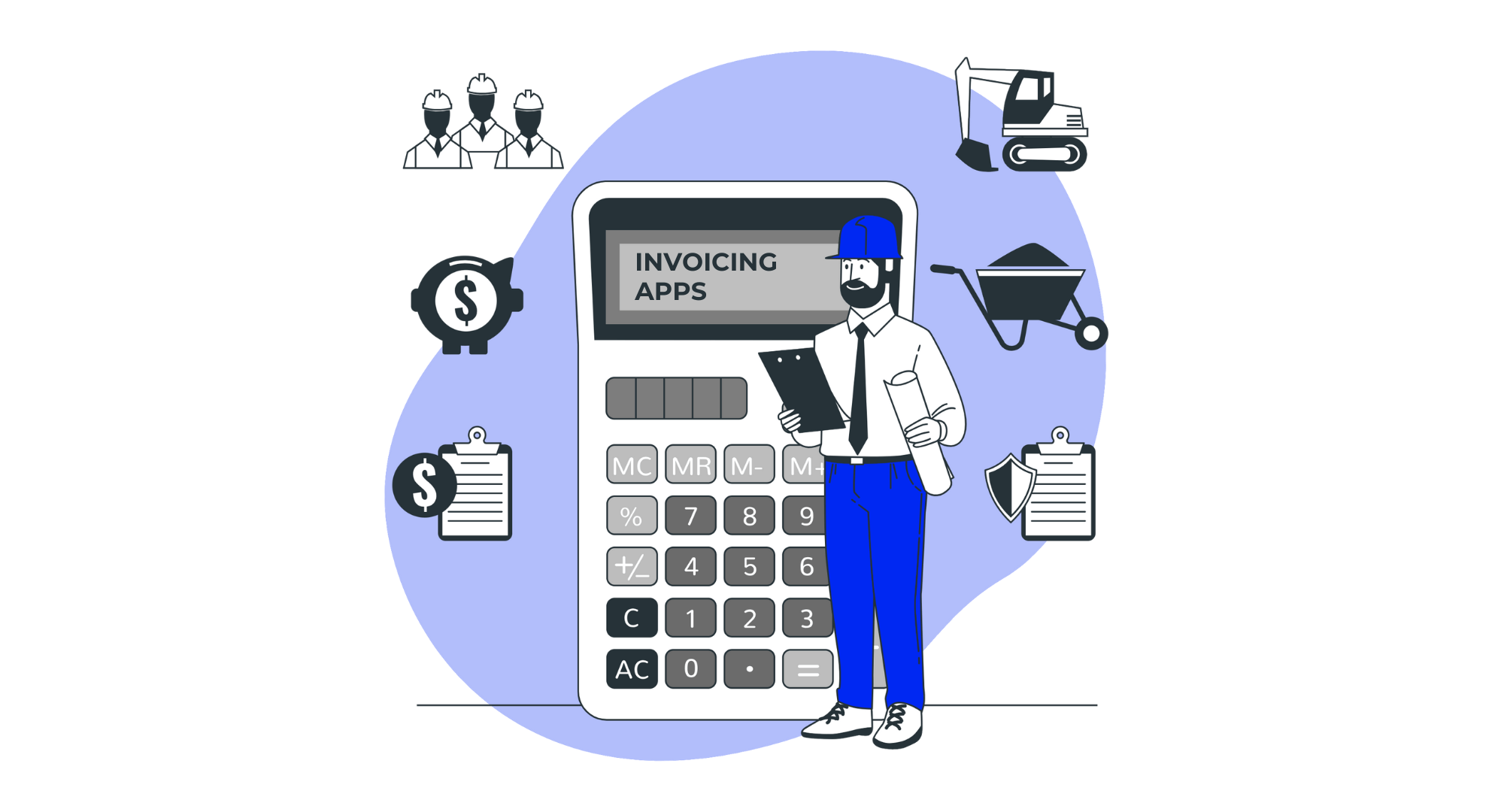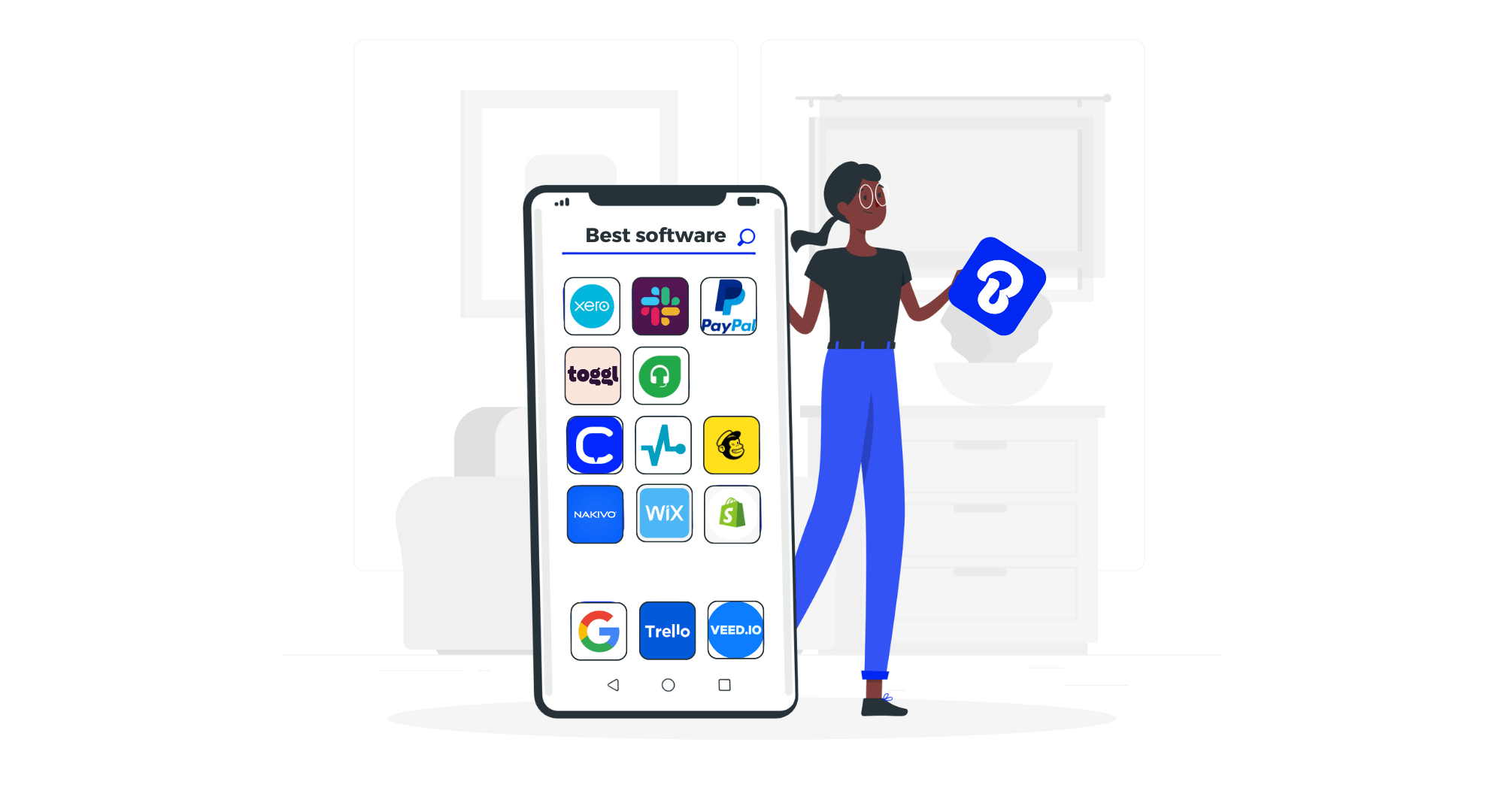
As a business owner, you’re most likely familiar with payment receipts since you issue them each time you complete a transaction involving cash with a client. However, if you have a brand new business, you will want to set up a receipt template that you can customize to each customer’s order. If you’re not sure what goes on them or where to get free receipt templates, we’re going to outline all of the important considerations you want to include below.
Defining a Payment Receipt
What is a receipt? In short, your receipt is a form of written acknowledgement that you transferred something of value to your customer and they paid for it. Vendors usually give their customers receipts at the end of a transaction, but it’s not uncommon to issue receipts in business-to-business dealings and during stock market transactions.
For example, a business can purchase inventory from a supplier. The supplier will give the business an itemized payment receipt that shows the items, quantities, and how much the business paid out. For customers, you issue them a receipt when they pay for your goods or services, and you can use a receipt template to make a branded one.
In addition to helping prove ownership of goods, receipts also work for other purposes. As a business, you may require a customer to show you a receipt if the customer wants to return or exchange an item. Other businesses need a receipt if the customer files a warranty claim. Payment receipts are important during tax time too because the IRS will require any business to prove certain expenses, and you can do this through saving receipts. You should generate receipts for the following instances:
- Invoices
- Petty cash slips for any small cash payment
- Gross receipts like deposit information for credit or cash sales, cash register tapes, invoices, receipt books, and forms 1099-MISC
- Cash register tape receipts
- Credit card statements and receipts
- Receipts from any raw material purchases. They should show the amount paid while confirming that they were all necessary purchases for your business. They could include cancelled checks or other documentation that identify who paid, the payment amount, and proof of electronic funds transfers or payments.
What Is a Receipt Template?
A free receipt template is a blank form that is very user-friendly and enables businesses to create receipts when they need them. This template will document the date the customer paid, the amount, reason for payment, and who paid your business. You want to give a copy of this receipt to whoever paid.
You can use a cash receipt template to create receipts for different needs. For example, you could have sales receipts for your business, general receipts for any type of sale, rent receipts, or an itemized one. You could use it for services or products, and you give it to whoever pays as a record of their purchase. It’s an essential part of record keeping for your business.
If you get a free receipt template, you can recycle it over and over while customizing it to include a lot of information about the payment or purchase. You should provide a receipt right after you make a sale and both parties should keep a copy for their records. A missing or lost receipt can cause a lot of problems down the line for both parties if an issue with the products or services come up.
Convert an invoice to a receipt with one click!
Turn invoices into receipts instantly with Billdu’s invoice generator. Simplify your workflow and keep everything organized.

